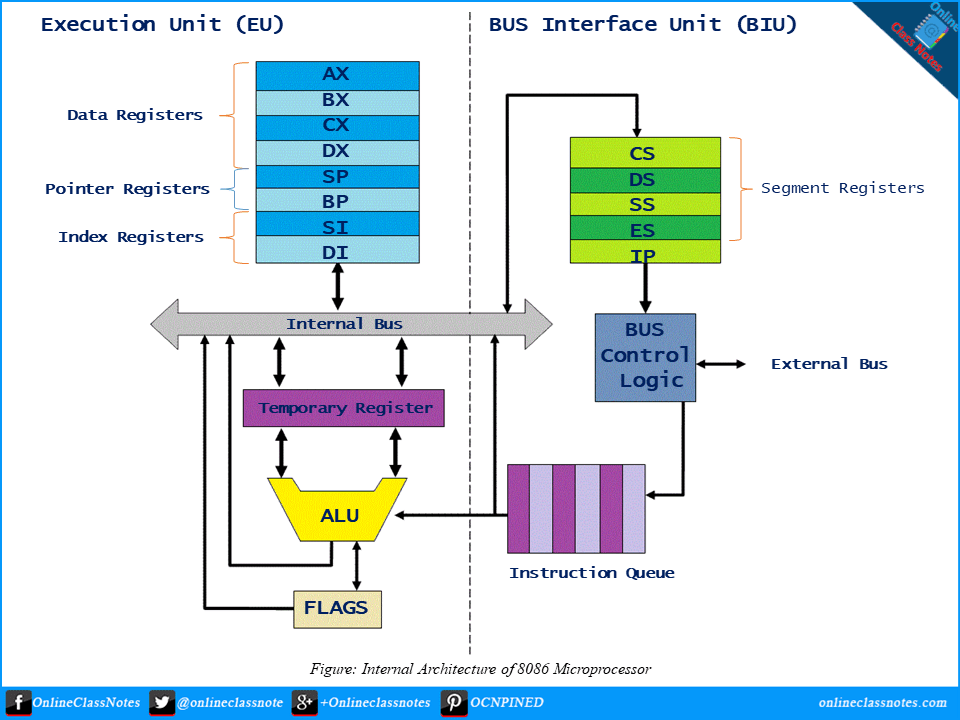How can we interface the microprocessor with analog world? Explain with necessary figure.
Interfacing the Microprocessor with Analog World: As computer used digital binary values whereas we have physical variables, a step by step process is used to convert the physical variable to binary data and again to physical variable. The figure is given below, (i) Transducer: A transducer is a device that … Read more
